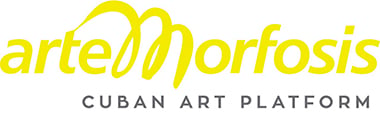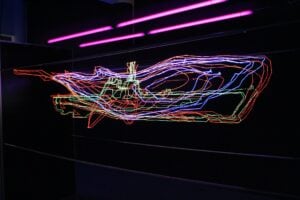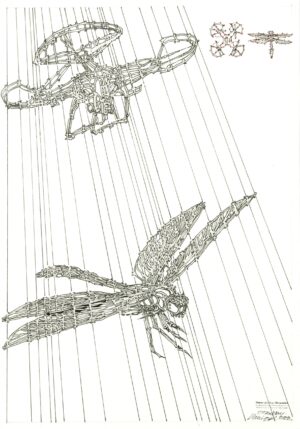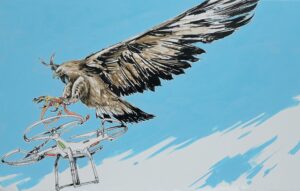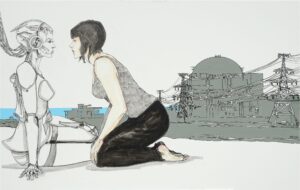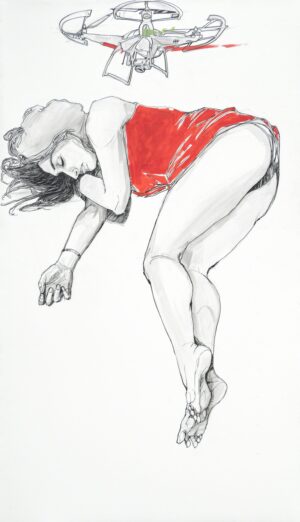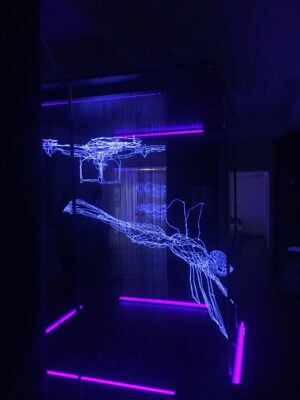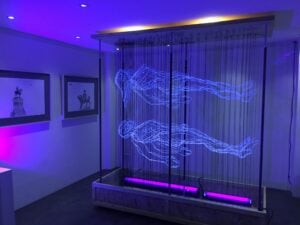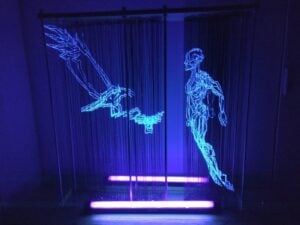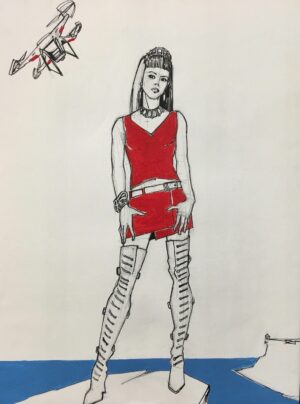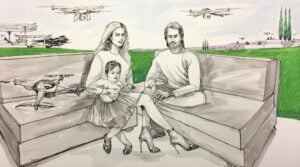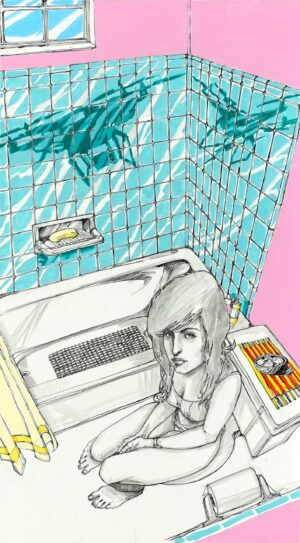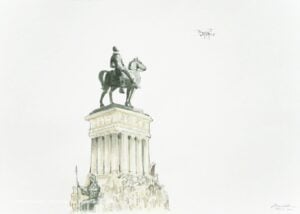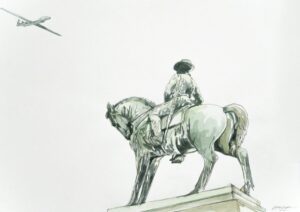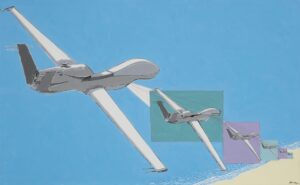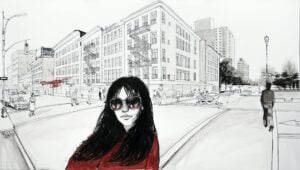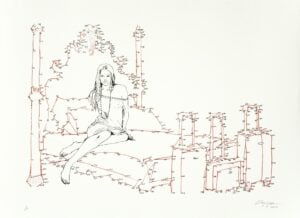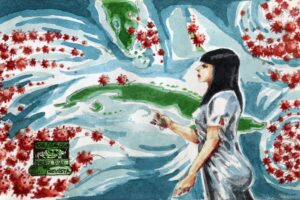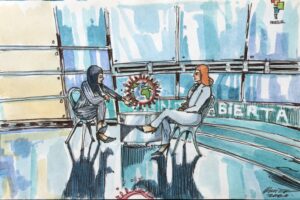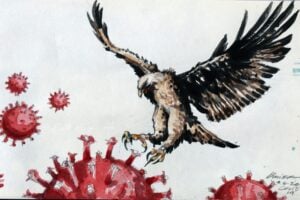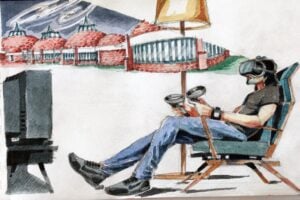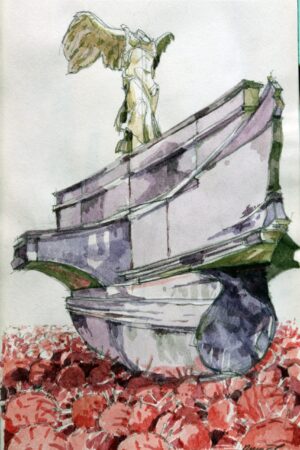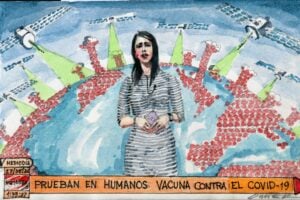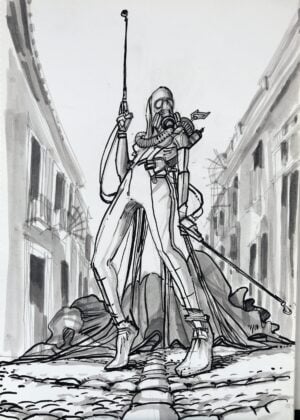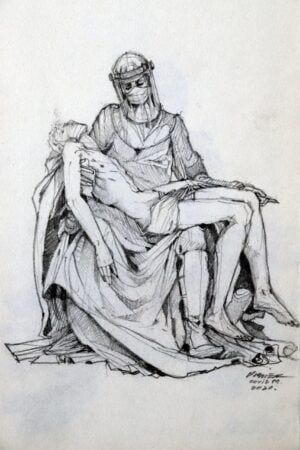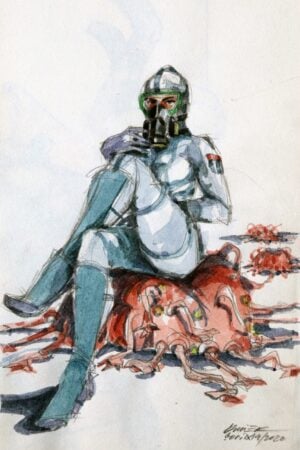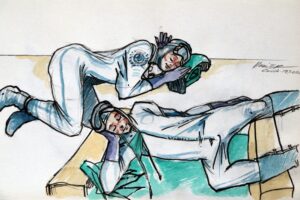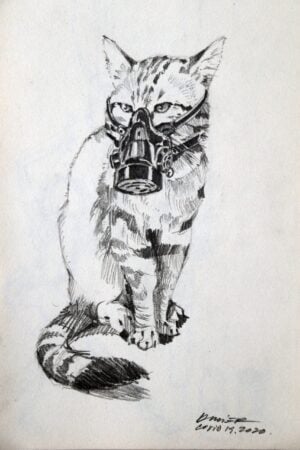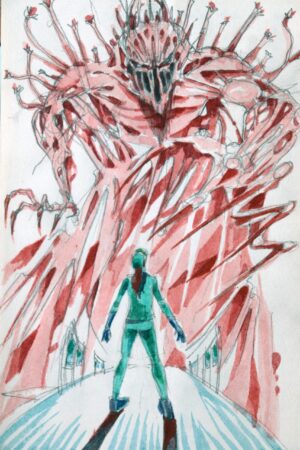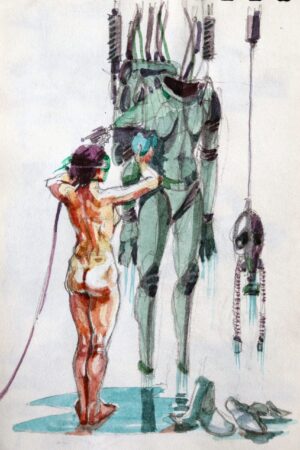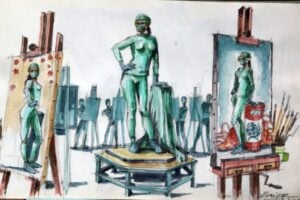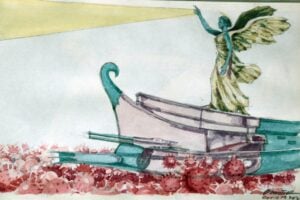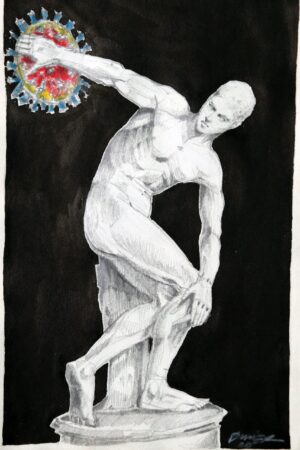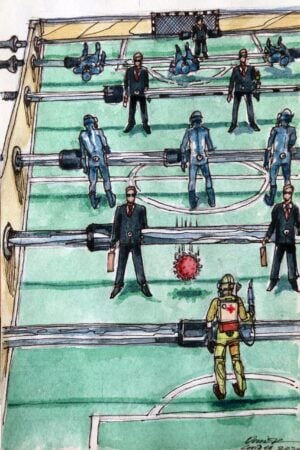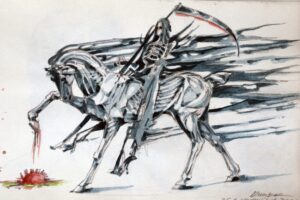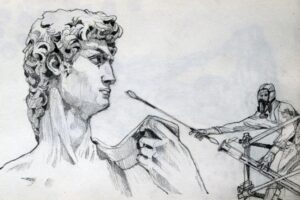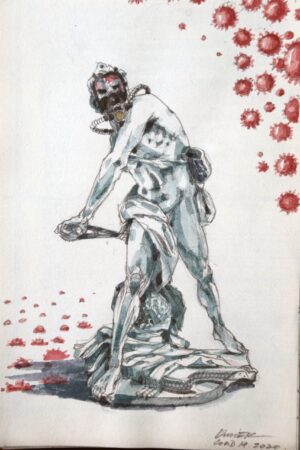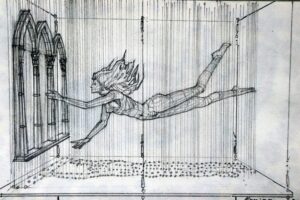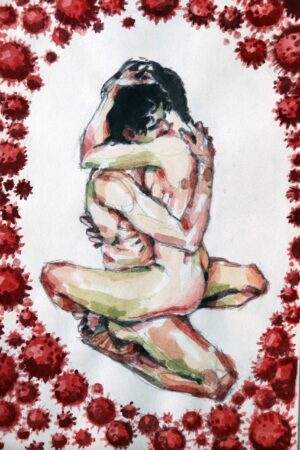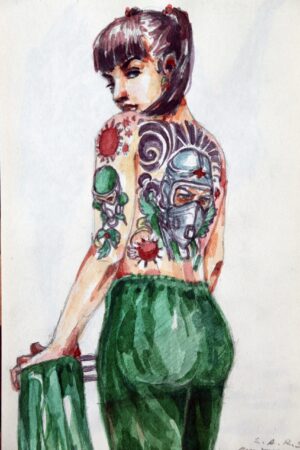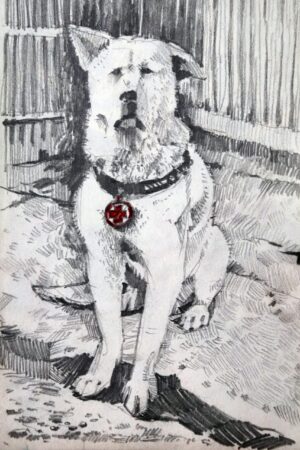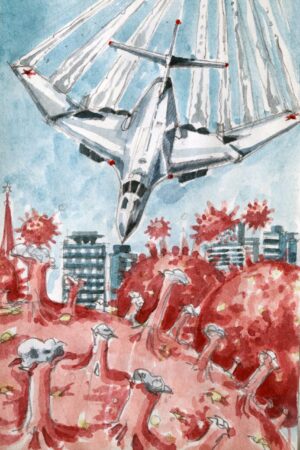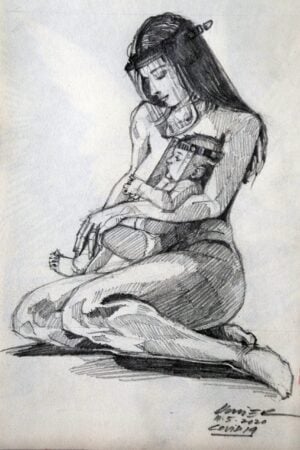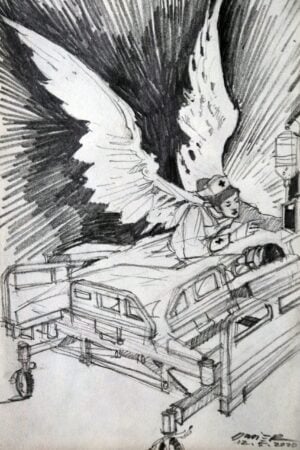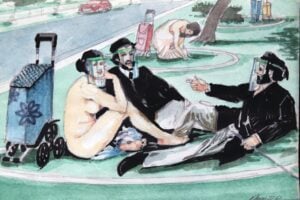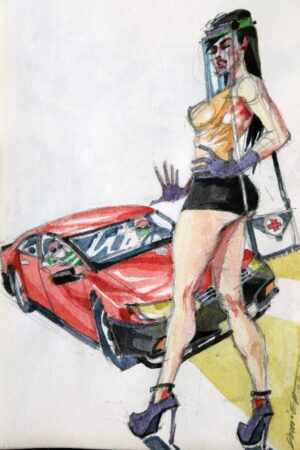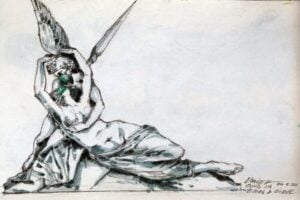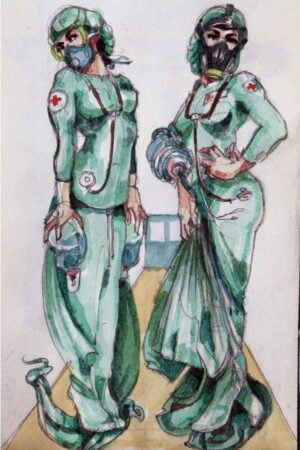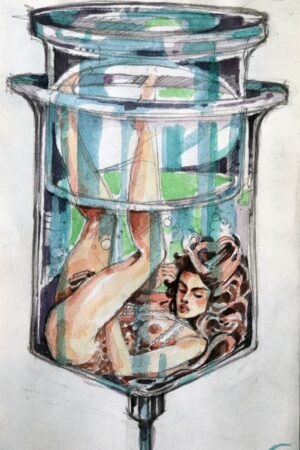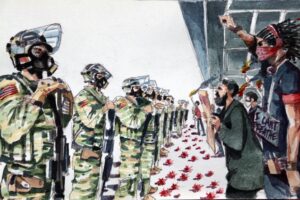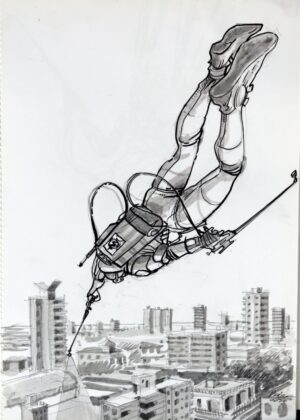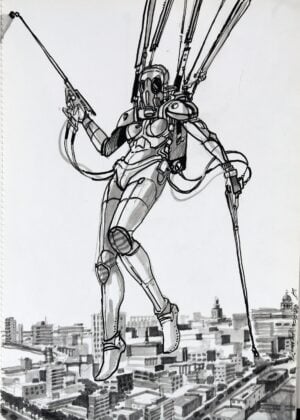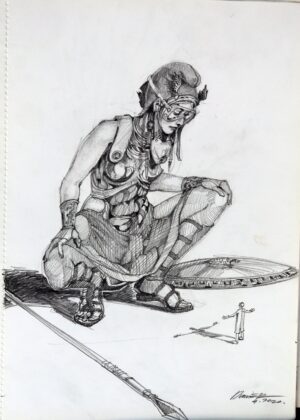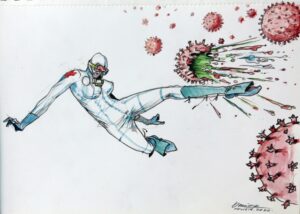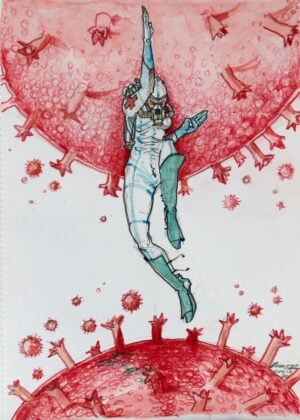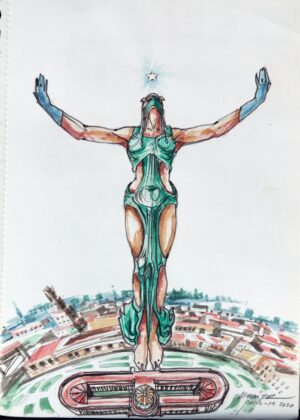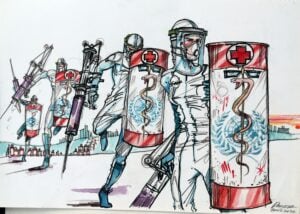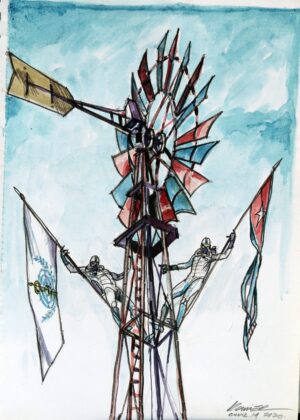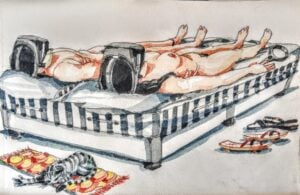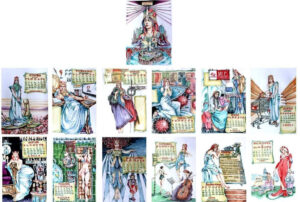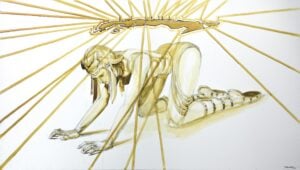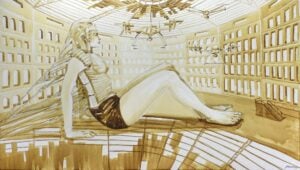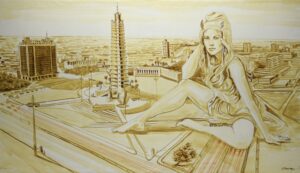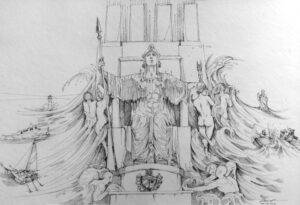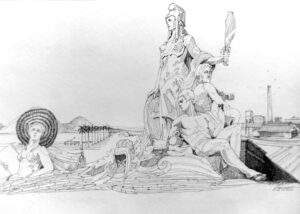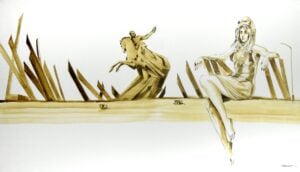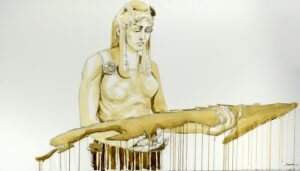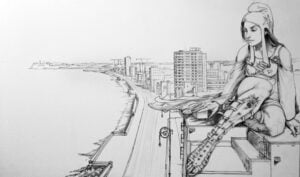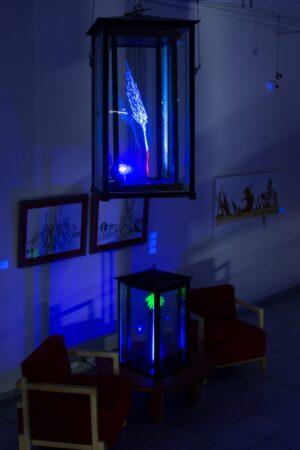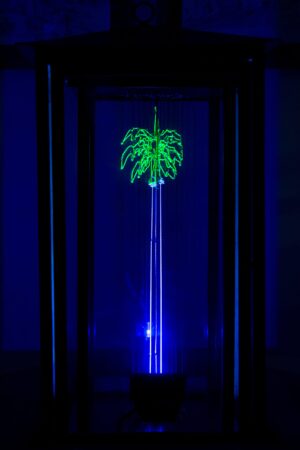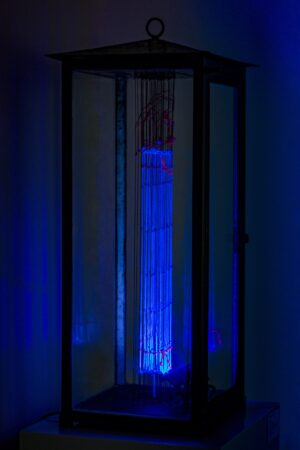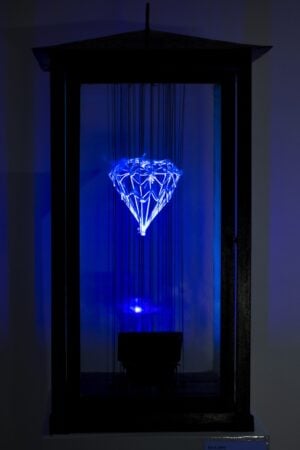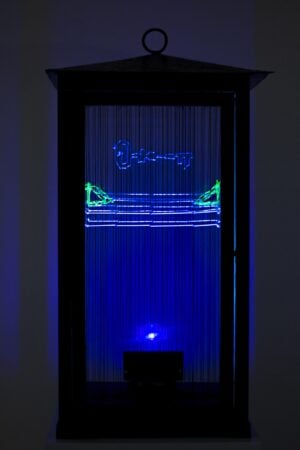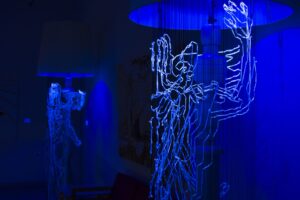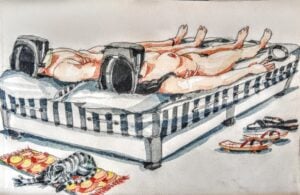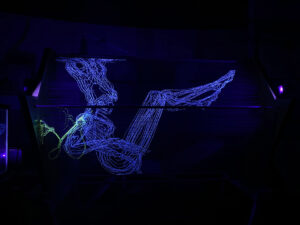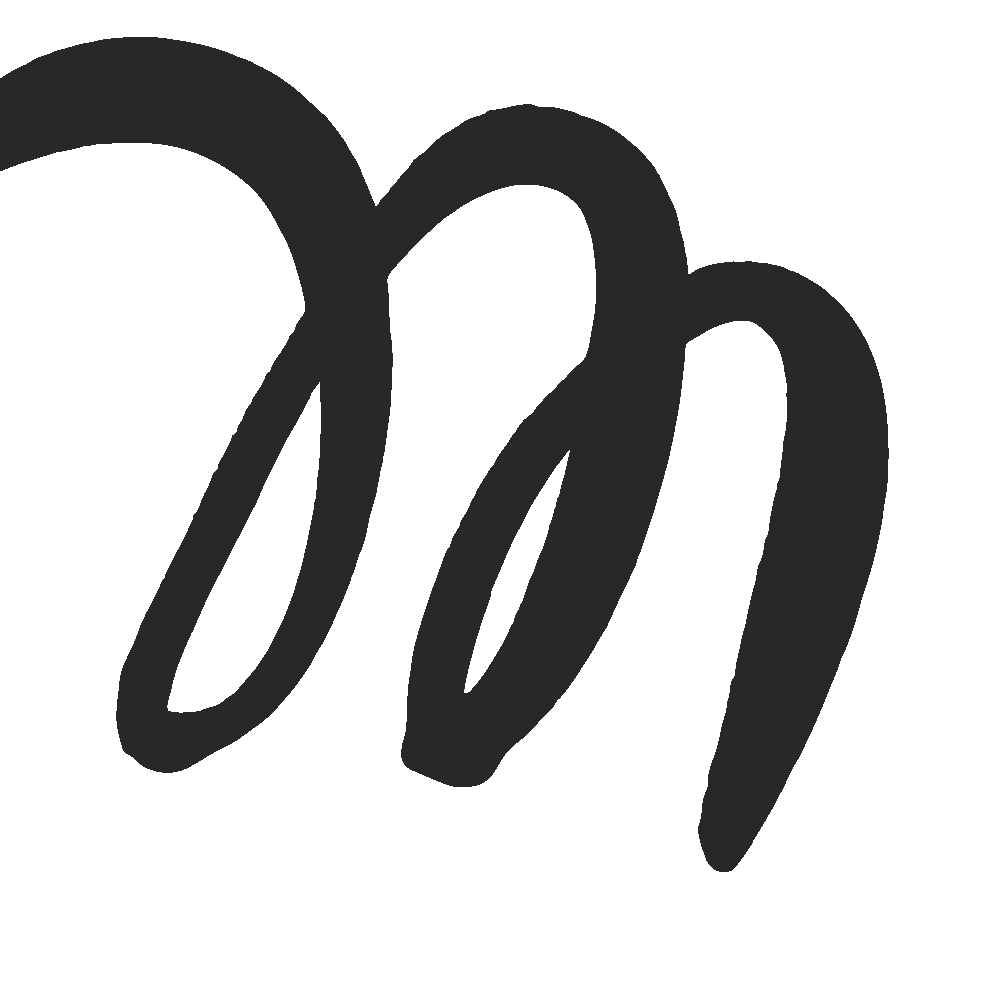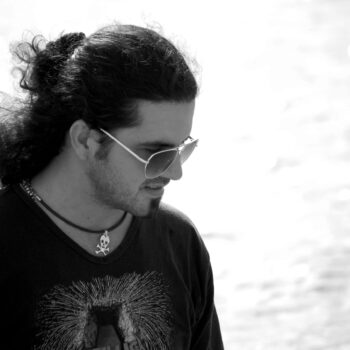
Duvier del Dago
Related Events
About Artist
Duvier del Dago employs architectural elements of an emblematic space of Havana and representations of national symbols of Cuba and displays them in the light of both history and society.
The artist shows his creative skills in a finely achieved watercolour on cardboard to revisit history and find the traces of origin and identity, the leitmotiv of Duvier’s creativity. In this case, the symbols of the first Cuban Republic, some of them present still in our times, are articulated in a visual metaphor: the Capitol, a copy of the famous equally named construction in Washington D.C., reinvented in our country by tropical megalomania; the Woman, representing the republic itself, is an icon borrowed from freedom allegories of the European modernity; and the three-coloured flag inspired in the rosettes worn by those who assaulted and conquered the Bastille and whose chromatic palette inspired more than one pavilion in American lands.
Duvier’s proposal, however, does not follow linear narrative codes. The layout of the elements, the spacial confrontation and the predominance of a careful neat design provoke the viewer and invite him to decipher history in his own personal way, based on his personal experience. In short, this composition opens the gates of how much the artist has to say and what the viewers can say – or think – after viewing the work.
The artist develops his creative interests to approach other moments of history, to recreate it or at least learning about it through a series of sculptures in which the Capitol is always the “inspiration” and this time he uses other techniques. Though his works continue to respond to the genre of installation, he works very well within the strictest codes and conventions of drawing in design.”
Although he did not attend an elementary art school, he was interested in visual arts since childhood, influenced by popular art festivities like the Parrandas de Zulueta. While studying at the Higher Institute of Art he was part of the DUPP Gallery project, directed by artist and professor René Francisco Rodríguez.
Since an early stage of his artistic career, Duvier has made emphasis on visual experimentation and re-elaboration of sculptural language. The artist uses his expertise and skills to achieve the magic of image, freely presenting new proposals that can generate new sensations through the poetry of an author who makes his creations from threads, shadows and lights. With new procedures (threads and lights mixed to create the illusion of a renewed technology) he achieves these representations, duplications of sculptural and environmental realities. It is very important though to make clear he man- ages to “absorb the atmosphere, arising from a constant encounter between fiction and reality.”
In 1995 he graduated from the Professional School of Visual Arts (Middle Level), in Trinidad, Cuba. He continued studying at the Higher Institute of Art (ISA) from 1996 to 2001, where he obtained his BA in Visual Arts. He lives and works in Havana, and has developed his work in the fields of installation and drawing. His pieces have been exhibited in important Biennials of visual arts such as the Havana Biennial and the Biennial of Venice. From 2001 to 2011, del Dago worked as a professor at the Higher Institute of Art (ISA). He is a member of the Union of Artists and Writers of Cuba (UNEAC). Duvier del Dago has been the recipient of several grants and art residences such as Atelier Calder, Cité International des Arts and Le Pavillon, in France; Fountainhead and Vermont Studio Center, in the USA; Museum of Contemporary Art of Castille and Leon, MUSAC, in Spain, and Batiscafo, London. He has made more than twenty solo exhibitions and has participated in several group ex- hibitions. His works can be found in the Collection of the Museum of Con- temporary Art Kunstlaboratorium, Vestfossen, Oslo, Norway; the Collection of the National Park of Ordesa and Monte Perdi- do, Aragon, Spain; the Jumex Collection, Mexico City, Mexico; the Collection of the Museo Rufino Tamayo, Mexico City, Mexico; the Farber Collection, New York, USA; the Solita Cohen de Mishaan Collection, Colombia / USA; the Darius Anderson private collec- tion, California, USA; the Pizzuti private collection, USA; the Ana María Olabuenaga Chemestri Collection, Mexico City, Mexico, the Alfredo Chedraui private collection, Mexico City, Mexico; the Collection of Gilbert Brownstone, France / Cuba; the Zoe and Nabil Debs private collection, Beirut, Lebanon and the Claudio Marinelli Collection, Italy-Cuba among others.
